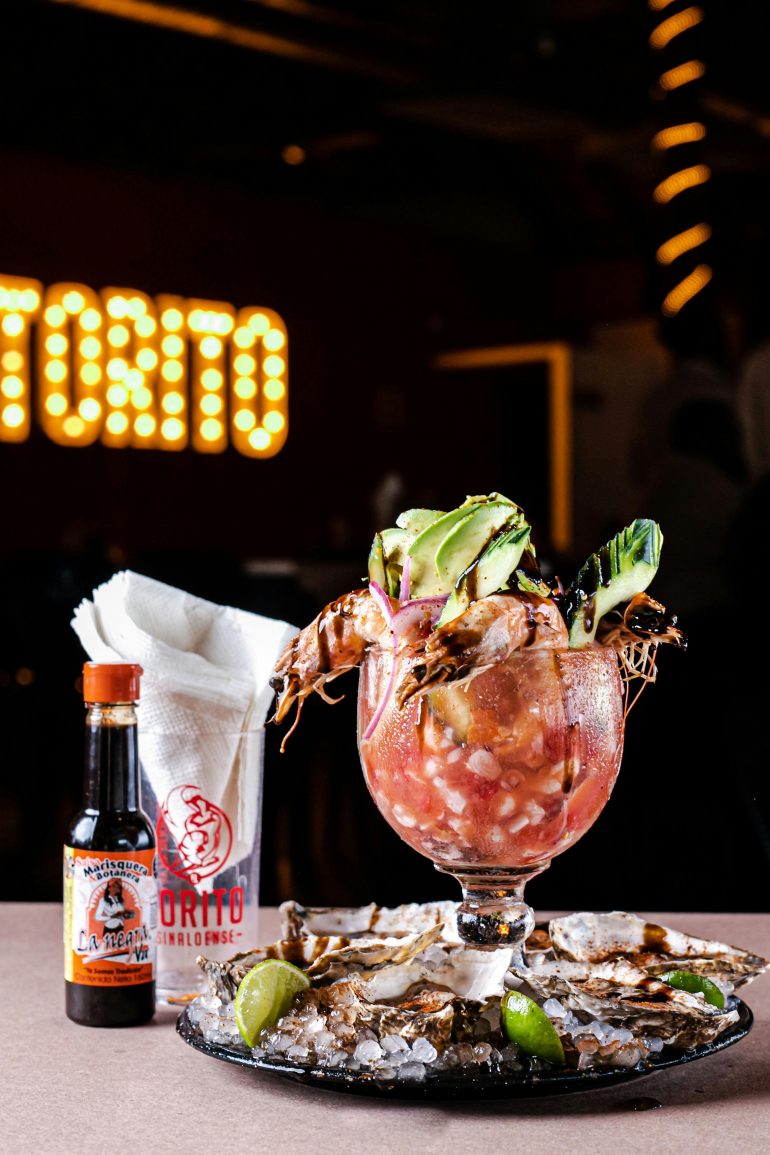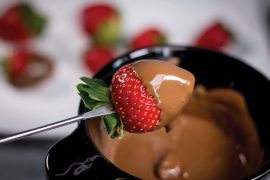Fresh and wild, startling and soothing, every bite of Peruvian food is an adventure on the fork. You can almost feel the wind in your hair and see green fields from a lofty mountain top. As this unique South American cuisine gains worldwide recognition, Halton foodies are catching on.
Oakville opened its first Peruvian restaurant, Machu Picchu, 16 years ago. “Peruvian food is all kinds of things,” says owner Roberto Timoteo. “Ceviche is our signature dish, which is made with either fi sh or a combination of fi sh and seafood. We also serve beef dishes, like Lomo Saltado [a Peruvian-Chinese stir-fry], and every Thursday we have a rotisserie special.”
Casa Mia, owned by Gladys Rubatto, intersects fi ne dining with home made, authentic Peruvian flavours passed down through generations. “Our restaurant is generally bustling, with customers out the door,” Rubatto says.
Because Peru borders the sea, fish and seafood feature prominently. So do melt-in-your-mouth meats. “We are proud of our Peruvian style fi sh paella, a delightful take on the traditional Spanish dish,” Rubatto says. “However, our traditional dishes also consist of chicken, including the famous pollo a la brasa, and beef stews which are slow cooked and braised”.
Move over, Paris!
In recent years, the World Travel Awards have repeatedly named Peru a top gastronomic destination.
In 2024, the number one Michelin rated restaurant in the world is Mérito in Lima, Peru.
In 2023, another Lima restaurant, Central, landed the No. 1 spot on the World’s 50 Best list. It was the first time a South American restaurant received the honour.
Vegetarians, too, can be transported. Casa Mia’s papa a la huancaina, for example, is made with ajíamarillo peppers prepared in the Huancayo tradition.
FUSION AT ITS BEST
“Peruvian cuisine is characterized by foods and flavours from a diverse landscape that extends from the Andes to the Pacific coast,” Rubatto says. “These are steeped in rich tradition and history.”
That history spans 7000 years and multiple waves of migration. The Incas’ cuisine took on new ingredients when the Spanish took over the Empire in 1533. As of the 16th century, African slaves had their own influence on meals. Arab, Chinese, and Japanese migration to Peru in the 19th century introduced a host of new flavours and cooking methods.
POPULAR PALATE PLEASERS
Peruvian food is all about contrasts. Chefs playfully pair hot and cold, crunchy and soft, robust and delicate. Potato, cassava or plantain temper the tangy and acidic blends of onions, peppers and citrus. Here are some classics:
Aji De Gallina
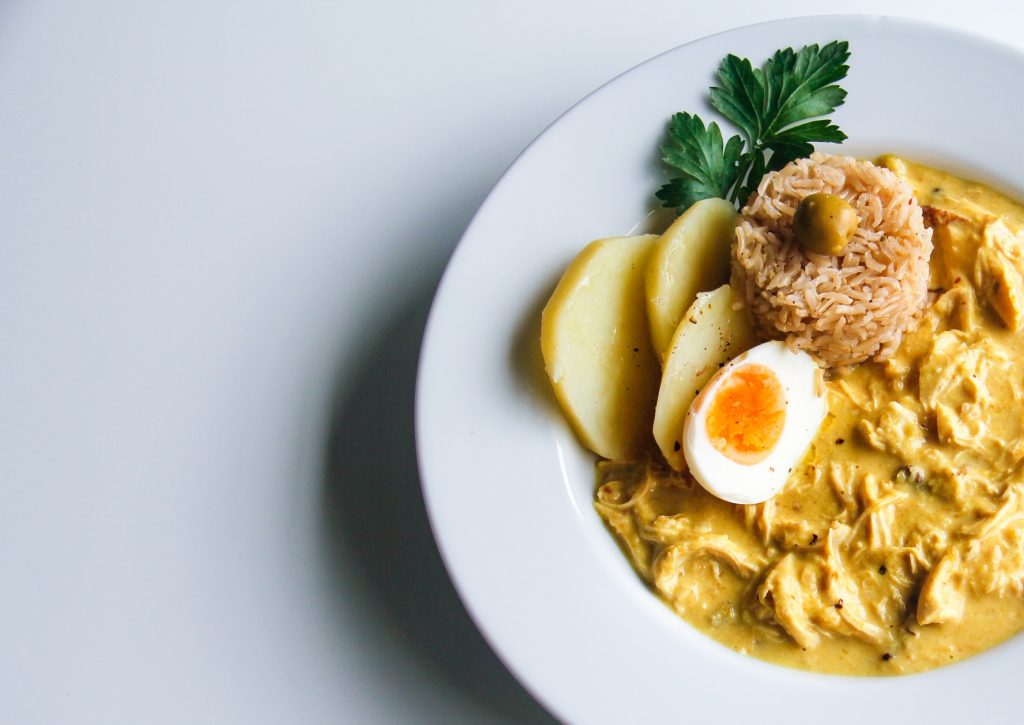
This traditional Peruvian chicken stew is the ultimate comfort food. Its base is shredded poached chicken in a creamy, savoury sauce spiced with Aji Amarillo chili pepper.
Ceviche
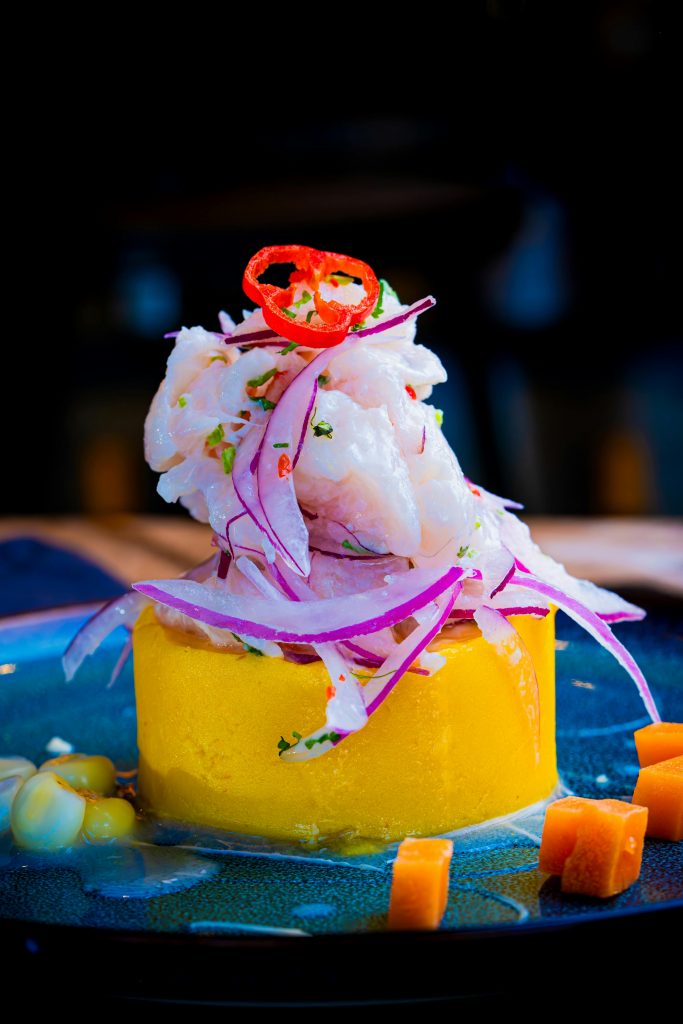
Traditional ceviche consists of bite-sized pieces of raw fresh fish or shrimp, marinated in lemon, bitter orange and/or key lime juice that “cooks” the food with its acidity. Peruvian ceviche is served with sliced onions and chilis, sweet potato, and crunchy toasted corn.
Modern chefs offer myriad twists on ceviche. Machu Picchu’s menu features hearts of palm or artichokes as vegetarian ceviche options that deliver the same party in your mouth.
Empanadas
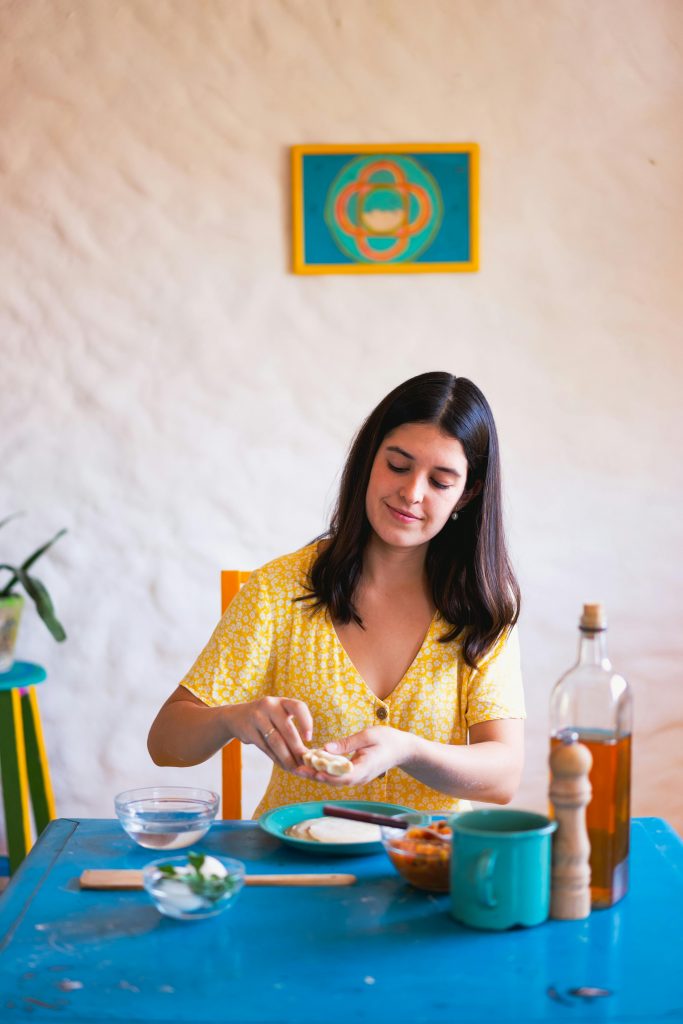
A Peruvian empanada (hand-held meatpie) usually contains seasoned ground meat, hard boiled eggs, raisins, black olives, and caramelized onions, all enveloped in a flaky crust sprinkled with powdered sugar and lime.
Pollo a la brasa
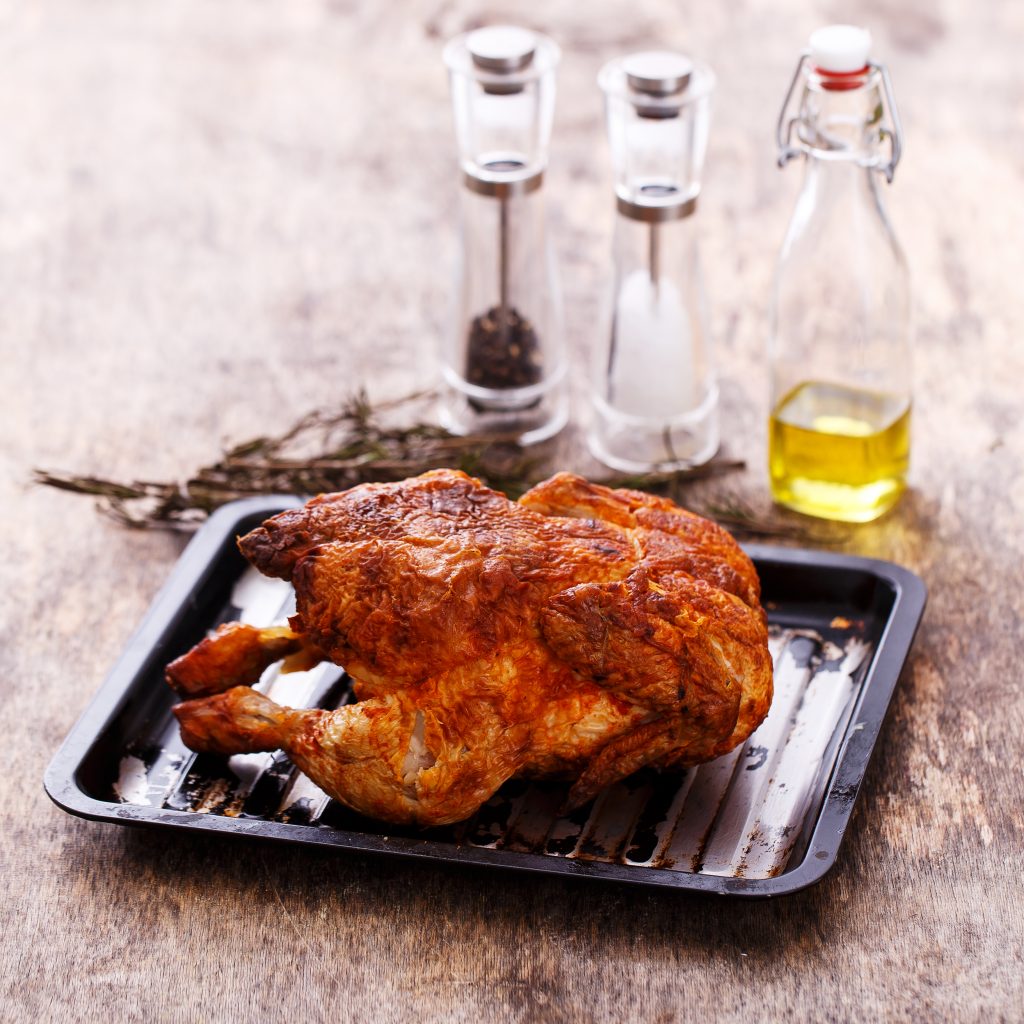
Rotisserie chicken is incredibly popular in Peru thanks to its crispy skin and juicy, tender meat. The seasonings usually have soya sauce at their base and may include balsamic vinegar or lime juice, garlic, honey, peppers. Timoteo serves polla a la brasa with cilantro sauce and cassava fries.
Pisco Sour (cocktail)
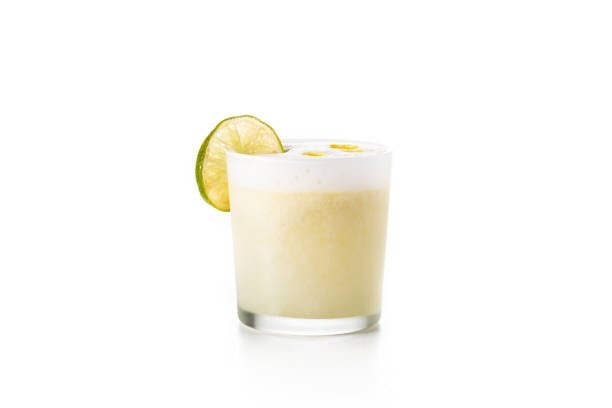
A toast to your health and happiness! This quintessentially Peruvian drink is made of pisco (a type of brandy), lime juice, sugar, bitters, and egg white.
Mazamorra Morada (dessert)
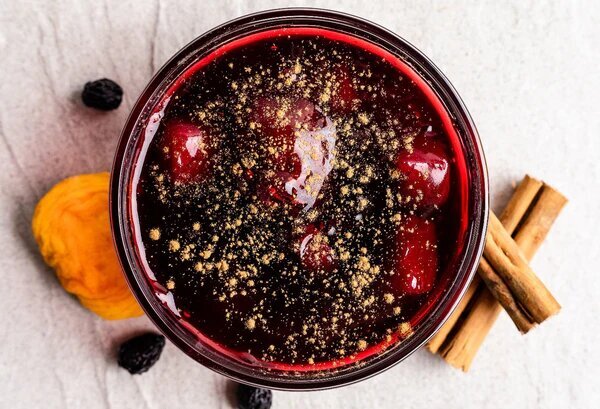
This sweet pudding is made of purple corn and fruit, spiced with cinnamon and cloves. Mazamorra is deep purple (morada) and has an exotic blackberry flavour.
Folks like Rubatto and Timoteo are passionate about sharing the joys of Peruvian food in a comfortable, homey atmosphere. “What we wanted was for people to feel like they are stopping by a friend’s home,” Rubatto says. “A friend who happened to be an exceptional chef!”
By Michelle Morra


